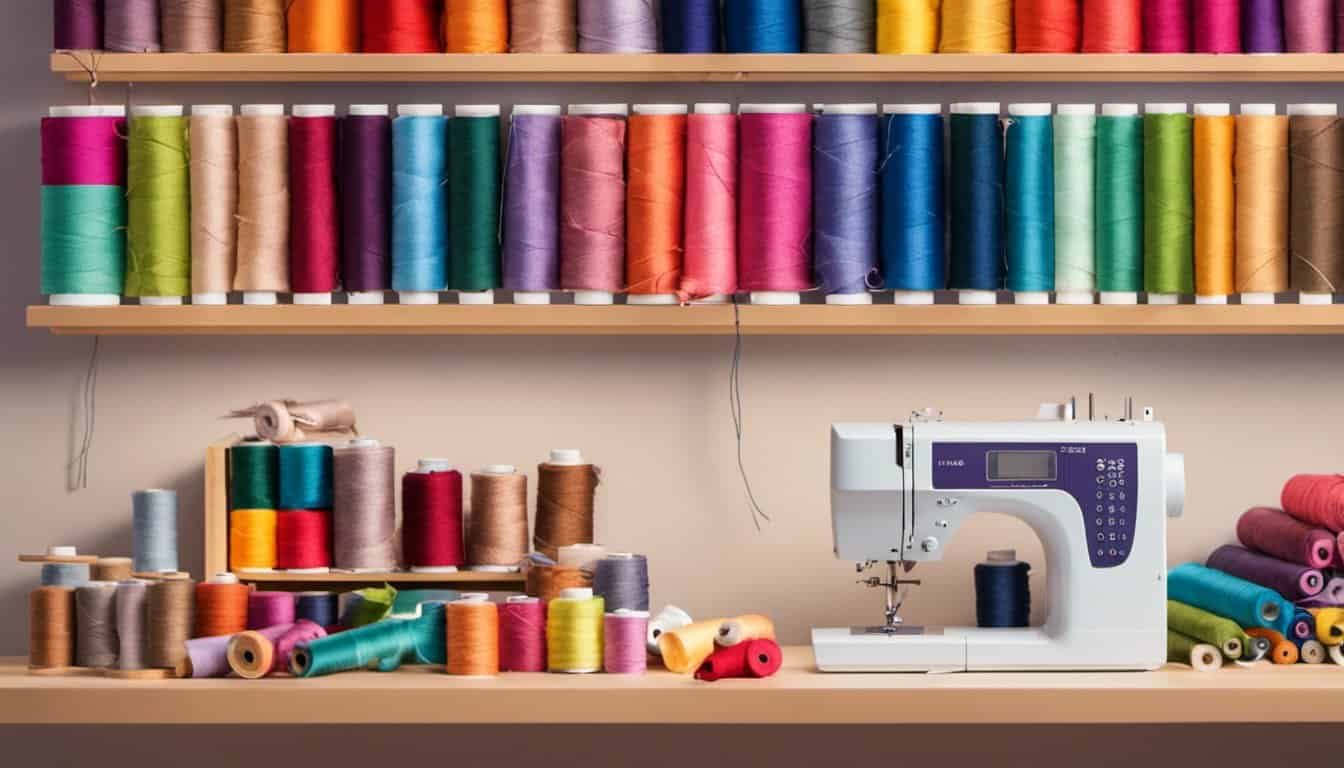As a surfer, I know how important it is to protect my board from the elements. A fabric surfboard cover not only keeps it safe from scratches and dings but also adds a personal touch to my gear. Plus, making one yourself can be a fun and rewarding project that showcases your creativity.
Overview of Sewing a Fabric Surfboard Cover
Sewing a fabric surfboard cover serves multiple purposes. It protects the surfboard from scratches, dings, and UV damage while enhancing its appearance. A custom cover reflects personal style, adding uniqueness to your gear.
Choosing the fabric type is essential. I prefer durable materials like ripstop nylon or canvas for their strength and resistance to wear. Waterproof fabric options also provide extra protection against moisture. Selecting the right thickness impacts the cover’s effectiveness and ease of handling.
Planning the dimensions of the surfboard cover involves accurate measurements. I measure the length, width, and thickness of my surfboard to ensure a proper fit. Allowing a few extra inches for seams is crucial, ensuring the cover slips on easily yet fits snugly.
Gathering sewing supplies is the next step. Key items include a sewing machine, heavy-duty thread, scissors, pins, and a measuring tape. Specialty supplies like bias tape or elastic may enhance the fit and finish.
Following a straightforward sewing pattern simplifies the process. I create a simple rectangular design around the surfboard’s dimensions. Adding features like a drawstring closure or Velcro straps enhances usability and offers added security.
Creating a fabric surfboard cover protects your equipment and provides a personal touch to your surfboarding experience. Prioritize fabric choice, accurate measurements, and effective design to achieve a successful outcome.
Materials Needed
Creating a fabric surfboard cover requires specific materials that ensure durability and style. Here’s a detailed list of what you’ll need.
Types of Fabric
Choosing the right fabric is crucial for a functional and stylish surfboard cover. Consider these options:
- Ripstop Nylon: Lightweight and water-resistant, this fabric prevents tearing. Ideal for surfboard covers exposed to ocean conditions.
- Canvas: Sturdy and reliable, canvas provides excellent protection against scratches and dings. Its thickness adds durability, making it suitable for heavy use.
- Polyester Fabric: This fabric offers UV resistance and is available in various colors and patterns. It holds up well in sunlight and helps maintain its vibrant appearance.
- Neoprene: Commonly used in wetsuits, neoprene offers cushioning and flexibility. This fabric adds protection against impacts while providing a snug fit around your surfboard.
Tools and Equipment
Gathering the proper tools simplifies the sewing process. Here’s what you’ll need:
- Sewing Machine: A heavy-duty sewing machine handles thick fabrics like canvas and ripstop nylon. Ensure it has a strong motor for smooth operation.
- Fabric Scissors: Sharp fabric scissors provide clean and precise cuts, essential for shaping your cover accurately.
- Measuring Tape: Use measuring tape to determine the dimensions of your surfboard accurately. Measure multiple times for precision.
- Pins or Clips: Secure your fabric layers before sewing with pins or fabric clips. This keeps everything in place and aligned.
- Thread: Use heavy-duty polyester or nylon thread for stitching. This thread withstands tension and wear from outdoor elements.
- Iron: Press fabric pieces with an iron before sewing. This removes wrinkles and helps fabrics align properly.
These materials and tools form the foundation for crafting a durable and customized surfboard cover.
Step-by-Step Guide
Creating a fabric surfboard cover involves several essential steps. Follow this guide to ensure a precise fit and a well-made final product.
Measuring the Surfboard
Measuring your surfboard accurately creates the foundation for your custom cover.
- Length Measurement: Measure the length of your surfboard from the nose to the tail. Note this length.
- Width Measurement: Measure the width at the widest point. This typically occurs in the middle of the board.
- Thickness Measurement: Measure the thickness of your surfboard. Take multiple measurements along the edges for consistency.
These dimensions will help you create a pattern that fits snugly and securely.

Cutting the Fabric
Cutting the fabric correctly ensures an efficient sewing process.
- Lay Out the Fabric: Place your chosen fabric on a flat surface, ensuring it’s wrinkle-free.
- Pin the Pattern: Use your measurements from the surfboard to create a pattern. Pin it securely to the fabric to prevent any movement.
- Cut Along the Edges: Carefully cut around the pattern, including extra seam allowance (typically ½ inch), to accommodate sewing.
Generating clean, precise cuts leads to a professional-looking cover.
Sewing Techniques
Employing the right sewing techniques enhances the durability and appearance of your cover.
- Use a Heavy-Duty Sewing Machine: A heavy-duty machine handles thick fabric like canvas or neoprene effectively.
- Straight Stitch: Utilize a straight stitch for most seams. This stitch provides strength and stability.
- Reinforce Stress Points: Double-stitch areas like corners and closures to reinforce durability.
- Finishing Techniques: Finish edges with a zigzag stitch or serger to prevent fraying and improve the aesthetic.
Implementing these sewing techniques results in a sturdy and functional surfboard cover.
Tips for Successful Sewing
Sewing a fabric surfboard cover can be a rewarding experience. Following specific tips can enhance the process and ensure a successful finished product.
Choosing the Right Stitch
« Transform Your Space! Discover How to Sew with Chintz for Stunning Home Decor Today
Transform Your Robes! Discover How to Sew a Kimono Sleeve Like a Pro »
Choosing the right stitch influences the durability and flexibility of your surfboard cover. I recommend using a straight stitch for the majority of your seams, as it offers strength. For added stretch in areas that may experience tension, a zigzag stitch works well. If your fabric is heavy or thick, consider a triple-stitch or a double needle, which provides extra reinforcement. Always test your chosen stitch on a scrap piece of fabric to ensure it behaves as expected.
Common Mistakes to Avoid
Avoiding common mistakes can save time and frustration during your project.
- Ignoring fabric prep: Pre-wash and iron fabric to prevent shrinkage later.
- Skipping measurements: Measure multiple times to ensure accuracy.
- Neglecting seam allowances: Always include seam allowances in your cutting plan.
- Forgetting to backstitch: Backstitch at the beginning and end of seams to secure them.
- Using the wrong needle type: Match the needle type to your fabric; a universal needle generally works, but a ballpoint needle is best for knits.
Focusing on these areas enhances the quality and longevity of your fabric surfboard cover.
Maintenance and Care
Maintaining and caring for a fabric surfboard cover ensures its longevity and effectiveness. Regular attention prevents wear and tear while preserving its appearance.
Cleaning the Cover
- Wash the surfboard cover with cold water to avoid shrinking or damaging the fabric.
- Machine wash on a gentle cycle, or hand wash for delicate fabrics like neoprene.
- Air dry the cover, as direct sunlight may fade colors and weaken materials.
Inspecting for Damage
- Examine the cover regularly for any signs of fraying or tears.
- Repair minor damages immediately using a sewing kit, reinforcing areas that experience wear.
- Retreat the fabric with a waterproof spray if the water-resistance diminishes over time.
Storing the Cover
- Store the cover in a cool, dry place when not in use to prevent mold and mildew.
- Avoid placing heavy items on top of the cover while stored to maintain its shape.
Taking care of the fabric surfboard cover enhances its functionality and helps express individual style, keeping it looking great season after season.

Conclusion
Sewing a fabric surfboard cover has been such a rewarding experience for me. Not only does it protect my board but it also lets me express my personal style. Each stitch feels like a step toward making something truly unique.
Caring for the cover is just as important as making it. Regular maintenance ensures it stays looking fresh and functional. I’ve learned that a little attention goes a long way in prolonging its life.
So if you’re thinking about tackling this project, I say go for it! You’ll end up with a one-of-a-kind cover that reflects your personality and keeps your surfboard safe for many adventures ahead. Happy sewing!

















